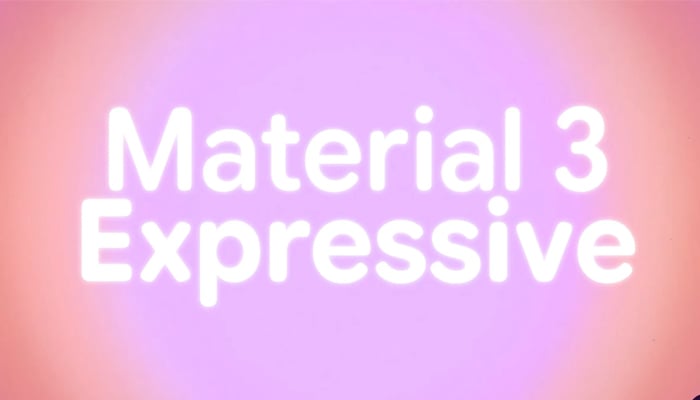
Google has recently shared a blog post which unveiled Material 3 Expressive, its next iteration of the open-source design language system for Android.
Calling it a “bold new direction for design”, Alphabet-owned tech giant details the research studies that went behind the development of Material 3 Expressive.
Material 3 Expressive design
According to the Wayback Machine (via 9to5Mac), the post details various aspects of its upcoming material design.
Google stated that Material 3 Expressive focuses on several fundamental aspects of design, such as the use of colour, shape, size, motion and containment.
By making key actions stand out and grouping similar elements together, the company is said to make the product more usable by highlighting what works in the user interface (UI).
By expanding upon the existing standards for tap target size, colour contrast, and other important aspects, it is said to have delivered better usability, alongside offering a perception of a “modern, clean, and energetic” appearance.
Products which utilised Material 3 Expressive had their “cool” factor boosted, with a 32% increase reported in subculture perception and a 34% jump in modernity, making a “brand feel fresh and forward-thinking.”
According to Google, people of all age groups prefer well-applied expressive design over non-expressive design which follows the iOS Human Interface Guidelines.
Moreover, it is claimed to have enhanced preference and usability, but a big challenge remains, familiarity.












